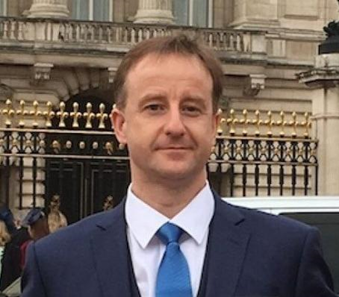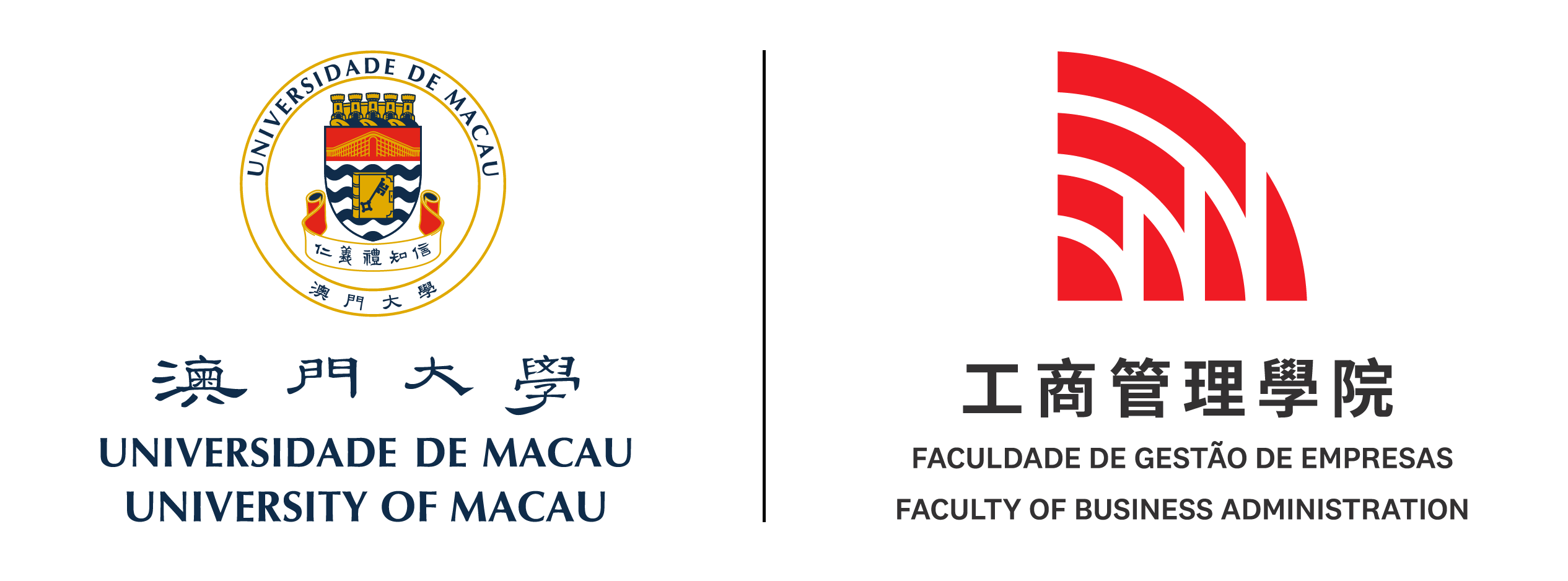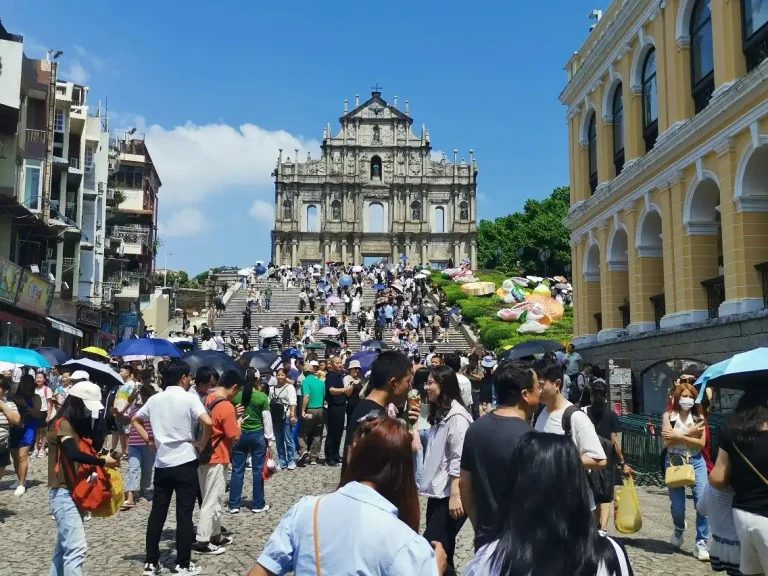Macau’s tourism industry has experienced a strong post-pandemic recovery, with the government setting a target to host 40 million tourists by 2025. However, the surge in visitors has led to overcrowding in historic districts, placed strain on infrastructure, and triggered a decline in per capita non-gaming spending. These issues have sparked important discussions about the city’s carrying capacity and sustainable development. In light of this urgent matter, Prof. Glenn McCartney, Associate Professor in the Department of Integrated Resort and Tourism Management at the University of Macau, shared his views in an interview with Asia Gaming Brief.

Associate Professor Glenn McCartney from the University of Macau’s Department of Integrated Resort and Tourism Management stated, “There is absolutely no problem with receiving 40 million tourists.” He pointed out that the issue of overtourism has long existed, even leading to proposals for a tourist tax—which were rejected by industry experts before Macau’s visitor numbers peaked at 39.4 million in 2019.
Regarding whether Macau should set a cap on inbound tourists, Associate Professor McCartney noted, “There’s no issue for Cotai. The big integrated resorts can handle mass numbers because they have such a large footprint. If you can gravitate a lot more people out of the heritage centers to the Cotai Strip, that relieves pressure. The Macau peninsula remains difficult”
Furthermore, Associate Professor McCartney proposed the establishment of a “Night-Time Economy Director” to coordinate synergies among venues and entertainment offerings, supported by necessary transportation and infrastructure, enabling seamless tourist transfers between venues (which currently rely only on taxis and some bus routes). This could potentially transform “day-trippers” into “night-time experience seekers” (regardless of the slogan’s effectiveness), thereby alleviating pressure while creating consumption opportunities, especially considering most tourists do not intend to stay in hotels.


